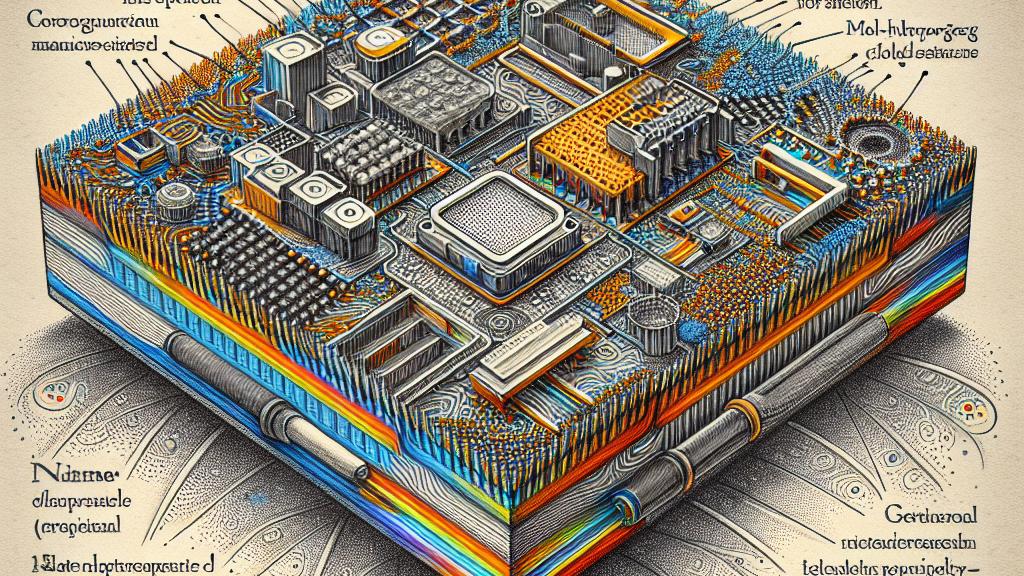Innovative Colorimetric Sensor Enhances Real-Time Monitoring Capabilities
Overview
- This groundbreaking sensor expands color range and elevates response speed, revolutionizing environmental monitoring.
- Operating with zero power consumption, it is versatile for a myriad of applications, from food safety to historical artifact preservation.
- Developed by the expert team at Pusan National University in South Korea, it represents a significant advancement in sensor technology.

Transformative Overview of the Colorimetric Sensor
Introducing the state-of-the-art colorimetric sensor from Pusan National University in South Korea—this remarkable device is a game-changer in the realm of environmental monitoring. Featuring an innovative two-dimensional nanostructured Fano resonant sensor (nFRCS), it combines a porous germanium layer with sophisticated metal-hydrogel-metal (MHM) structures to enhance color representation vastly. With this ingenious design, changes in humidity are detectable at a glance, allowing even those without technical expertise to use it confidently. And the best part? It operates entirely on zero power! Imagine its vast applications in food packaging, where it can ensure the preservation of freshness, or in the delicate preservation of ancient artifacts, maintaining their integrity over time.
Unmatched Technical Advantages and Enhanced Functionality
Unlike traditional colorimetric sensors that often falter in color range and speed, the nFRCS breaks barriers by achieving an impressive 141% coverage of the standard RGB (sRGB) spectrum. This means it delivers richer, more vibrant color indications, elevating its utility to new heights. Consider this: with a rapid response time of just 287 milliseconds, it reacts almost instantaneously to environmental changes. As ambient water vapor interacts with finely engineered nanohole arrays, the chitosan within the sensor dynamically swells or shrinks, leading to visually apparent color shifts. This scientific marvel not only makes the sensor exceptionally sensitive but also positions it as an essential tool for real-time monitoring in environments where quick responses are crucial.
Limitless Applications Beyond Simple Detection
The nFRCS sensor's capabilities stretch far beyond mere humidity detection and delve into several exciting applications. For instance, envision health monitoring applications where the sensor alerts users to deteriorating air quality through color changes, facilitating timely interventions. Imagine smart homes equipped with these sensors, where walls dynamically alter color to indicate humidity levels, empowering residents to take proactive measures for comfort and health. Researchers are enthusiastic, suggesting that the design principles of this sensor could inspire future innovations capable of detecting a variety of environmental stimuli, emphasizing its versatile nature. Undoubtedly, this sensor represents a significant leap forward in zero-power, real-time environmental tracking technology, making immediate data collection not just possible but seamlessly efficient in our rapidly evolving world.

Loading...